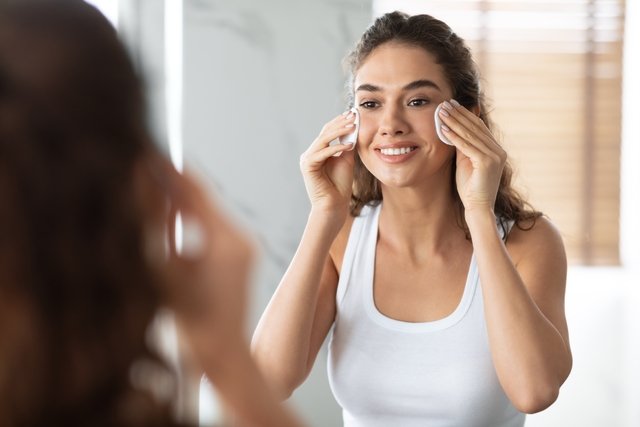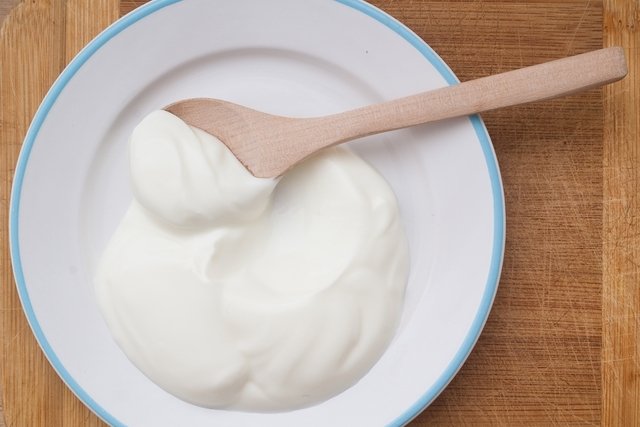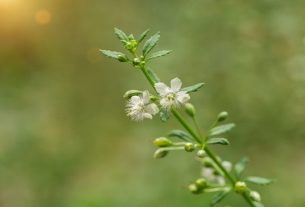There are some homemade options to lighten skin blemishes: such as creams with rosehip oil and white clay, for example; or aesthetic treatments: such as peeling and pulsed light, which help with cell regeneration and renewal, standardizing and improving skin texture and hydration. These treatments, whether natural or aesthetic, can both help to lighten the skin and prevent the appearance of new blemishes.
Dark spots on the skin appear when there is an increased production of melanin in that region, which can occur due to some factors, such as excessive exposure to the sun, inflammatory processes, acne scars, hormonal changes, melasma or due to normal changes during pregnancy. pregnancy.
Whatever method you choose to lighten your skin, it is important to seek guidance from a dermatologist, who will investigate the cause of the spots and recommend the best treatments for each skin type.

Step by step to whiten your skin
Some procedures, such as chemical peeling, the use of vegetable oils and whitening creams, reduce dark marks on the skin. Therefore, the following steps are recommended to help lighten your skin:
- Apply vegetable oils, such as rosehip oil;
- Undergo an aesthetic treatment, such as laser, chemical or crystal peeling;
- Use whitening creams;
- Use white clay.
Furthermore, some precautions during treatment to lighten the skin, such as using sunscreen, hydrating the skin well, avoiding excessive exposure to sunlight, are also essential to avoid irritation and the appearance of new spots on the skin.
Aesthetic treatments to lighten the skin
There are several aesthetic treatments to lighten blemishes on the skin and, therefore, the ideal is to consult a dermatologist, as this is the best professional to recommend the best option according to each person’s skin type.
The main aesthetic treatments to lighten the skin are:
1. Chemical peel
Chemical peeling is a type of aesthetic treatment that consists of eliminating the most superficial layer of the skin through the use of acidic substances, making the skin more uniform, regenerated and blemish-free. Normally, 5 to 10 sessions are necessary to observe the expected results, with intervals of 25 days between each session being recommended.
The acid most frequently used to perform peeling is glycolic acid, which is a type of acid derived from sugar cane, which has exfoliating, moisturizing, whitening, anti-acne and rejuvenating properties. Mandelic acid is also another option for treating blemishes, and is more suitable for sensitive and ethnic skin. Understand how chemical peeling is done and what to take care of.
2. Peeling of the crystal
Crystal peeling is a dermatological procedure that exfoliates the skin, removing the most superficial layer, stimulating collagen production, promoting rejuvenation and removing sun spots, acne and stretch marks.
Normally, 3 crystal peeling sessions are recommended, each one a week apart, however the number of sessions may vary, depending on the sensitivity of the person’s skin and the area to be treated.
3. Peeling the diamond
Diamond peeling is an aesthetic treatment that exfoliates the skin and removes dead cells from the most superficial layer, being very efficient in reducing blemishes, reducing skin oiliness and combating wrinkles.
This procedure uses a pen with a diamond sandpaper on the tip, which removes dead cells, facilitating the penetration of active ingredients present in serums and creams, such as vitamin C, which is a powerful lightener of dark spots on the skin, in addition to enhancing protection. solar.
To achieve the desired result, it is necessary to carry out the treatment for 2 to 5 sessions. Understand what diamond peeling is and how it is done.
4. Laser or pulsed light
Laser or pulsed light treatment aims to remove spots caused by the sun, acne scars or rosacea, in addition to reducing dark circles and providing support to the skin. This type of treatment consists of applying beams of light that act on the dark pigments present in the skin, giving a lighter appearance to the treated area.
Sessions normally last around 30 minutes and take place at an interval of 4 weeks, however it can vary according to the region to be lightened and the sensitivity of each person’s skin. Discover other indications of pulsed light.
5. Whitening creams
Whitening creams help to reduce blemishes and prevent new ones from appearing, acting on the most superficial layer of the skin.
The creams must be recommended by a dermatologist and contain ingredients such as hydroquinone and vitamin C, which in addition to keeping the skin intact and hydrated, also alleviate blemishes caused by certain factors, such as inflammatory processes, unprotected sun exposure or melasma. Creams can be purchased at pharmacies, and some of the main options are Clariderm, Retinoic Acid, Kojic Acid, Hydroquinone.
Furthermore, creams with vitamin C, such as Vita Derm’s Intensive Complex Vita C or Dermage’s Improve C 20, work to even out the skin and, consequently, lighten it.
Homemade options to lighten your skin
To lighten the skin, there are also some homemade options that, in addition to nourishing the skin and keeping it hydrated and healthy, use natural ingredients that are easier to find and use. There are some homemade options, such as:
- Rosehip oil: promotes skin regeneration, whitening and hydrating the skin, simply by applying the oil to the skin every day. Rosehip oil is great for lightening skin blemished by acne, pimples or stretch marks. Find out what the properties of rosehip oil are.
- Rice water: It contains kojic acid which, in addition to reducing melanin production, helps prevent skin irritation, reducing blemishes. To use rice water, soak 1 cup of rice in 250 ml of filtered water for 12 hours, without adding any condiments. Then, apply the rice water, with the help of cotton, to the area to be treated and let it dry naturally.
- White clay: It is a natural product, with therapeutic properties, which facilitate blood circulation and anti-inflammatory properties, making it a great option for improving skin tone and lightening it evenly. To apply it, you need to mix 1 tablespoon of white clay with 2 tablespoons of water, until you obtain a homogeneous mixture and then apply it to the area to be lightened, leaving it to act for 30 minutes.
- Aloe vera: Aloe vera gel has anti-inflammatory properties, which act on the most superficial layer of the skin, softening blemishes and deeply hydrating the skin layers. To use the gel, you must cut the aloe leaf, remove the gel from the inside and apply it to the area to be whitened, leaving it to act for 20 minutes and then removing it with warm water. See the benefits of aloe vera for the skin.
It is not recommended to lighten your facial skin with hydrogen peroxide or lemon, as they can cause skin irritation or burns. However, hydrogen peroxide when combined with a bleaching powder can be used to lighten body hair.
Care during treatments
Some precautions that should be taken during whitening treatments to ensure better results are:
- Avoid excessive exposure to sunlight;
- Apply a sunscreen with SPF above 30, especially on your face, every day;
- Do not use deodorant or creams with alcohol on the treated area;
- Prefer waxing or laser hair removal, rather than shaving;
- Wear lighter clothes that are less glued to the skin;
- Do not squeeze pimples or blackheads.
Furthermore, it is important to clean, tone and hydrate your skin daily, using products specific to your skin type, preferably recommended by your dermatologist. Discover some daily skin care tips.

Sign up for our newsletter and stay up to date with exclusive news
that can transform your routine!
Warning: Undefined array key "title" in /home/storelat/public_html/wp-content/plugins/link-whisper-premium/templates/frontend/related-posts.php on line 12
Warning: Undefined array key "title_tag" in /home/storelat/public_html/wp-content/plugins/link-whisper-premium/templates/frontend/related-posts.php on line 13




